In case you haven’t heard about Platform9 it is a real contender in the enterprise virtualization space. There have been some pretty large VMware customers that have transitioned over to Platform9 as of recently. Let’s take a look at Platform9 Community Edition as it is a solution that you can easily spin up to evaluate the solution, even in your VMware environment. We will look at the download and install process.
Table of contents
What is Platform9?
The Platform9 solution is a cloud-native solution that was founded in 2013 by former VMware engineers. They wanted to develop a platform that allows enterprise environments the ability to deploy and operate virtual machines, as well as Kubernetes and OpenStack in a hybrid environment in an easy way.
It can also do multi-cloud setups. It has a SaaS control plane which helps customers to have an easier way to manage the control plane. Platform9 handles the upgrades, monitoring, and scaling of the control plane environment for you.
With Community Edition, you get a free version of Platform9’s SaaS managed install. This installation is designed to let small teams, or even home labbers to deploy to their own infrastructure. Then, you can automate your Kubernetes environments and other infrastructure.
How it compares to VMware technologies
Take a look at the following table showing VMware features and their equivalent technologies in Private Cloud Director. The Private Cloud Director solution has equivalent features and capabilities that equal what VMware provides in the below table.
| VMware Feature | Private Cloud Director Equivalent |
|---|---|
| vSphere Clusters | Clusters and host aggregates serve a similar role |
| vCenter Server | Control plane manages resources, like vCenter |
| ESXi Host | Uses KVM as the hypervisor |
| DRS (Distributed Resource Scheduler) | Automatic Resource Rebalancing (DRR) distributes workloads |
| CPU & Memory Over-commitment Ratios | Supports over-commitment at host/aggregate level |
| High Availability (HA) | HA (2/4-node clusters) ensures service continuity |
| vMotion | Supports Live Migration for seamless instance moves |
| Storage vMotion | Storage Live Migration / Volume Retyping |
| vSwitch / DVSwitch | Uses Open vSwitch or SDN for networking |
| Templates | Called “Images” in PCD for VM creation |
| Snapshots | Supports VM Snapshots |
| NSX (Networking & Security) | Networking Service provides SDN, micro-segmentation, security policies, LBaaS, DNSaaS, etc |
| Datacenter | Uses Regions, Domains, and Tenants |
| VMFS Datastore | Direct mount storage via LUNs or NFS backend |
| vVol | Uses Volumes, Volume Types, and Snapshots |
| VMDK Format | Uses QCOW2 for virtual machine disks |
| Storage Policies | Storage Types and Storage Groups |
| vApps / vRO | Uses Heat templates & Terraform for automation |
| Site Recovery Manager (SRM) | Disaster recovery via partners like Hystax |
| Resource Allocation (CPU/Memory) | Uses flavors to define VM configurations |
| Content Library | Image Library Service for templates & snapshots |
Download Platform9 Community Edition: Private Cloud Director
You can download the Platform9 Community Edition installation here: Community Edition – Private Cloud Director. It comes as an OVA. So, you can essentially deploy this in VMware vSphere or now even Proxmox VE Server since it can now natively deploy OVA files now as of 8.3.
Deploying the Private Cloud Director OVA
Let’s look at the steps to deploy the platform 9 OVA file. I am doing this in VMware vSphere (the irony). Here we select the local file. The rest is just classic VMware OVA file deployment screens.
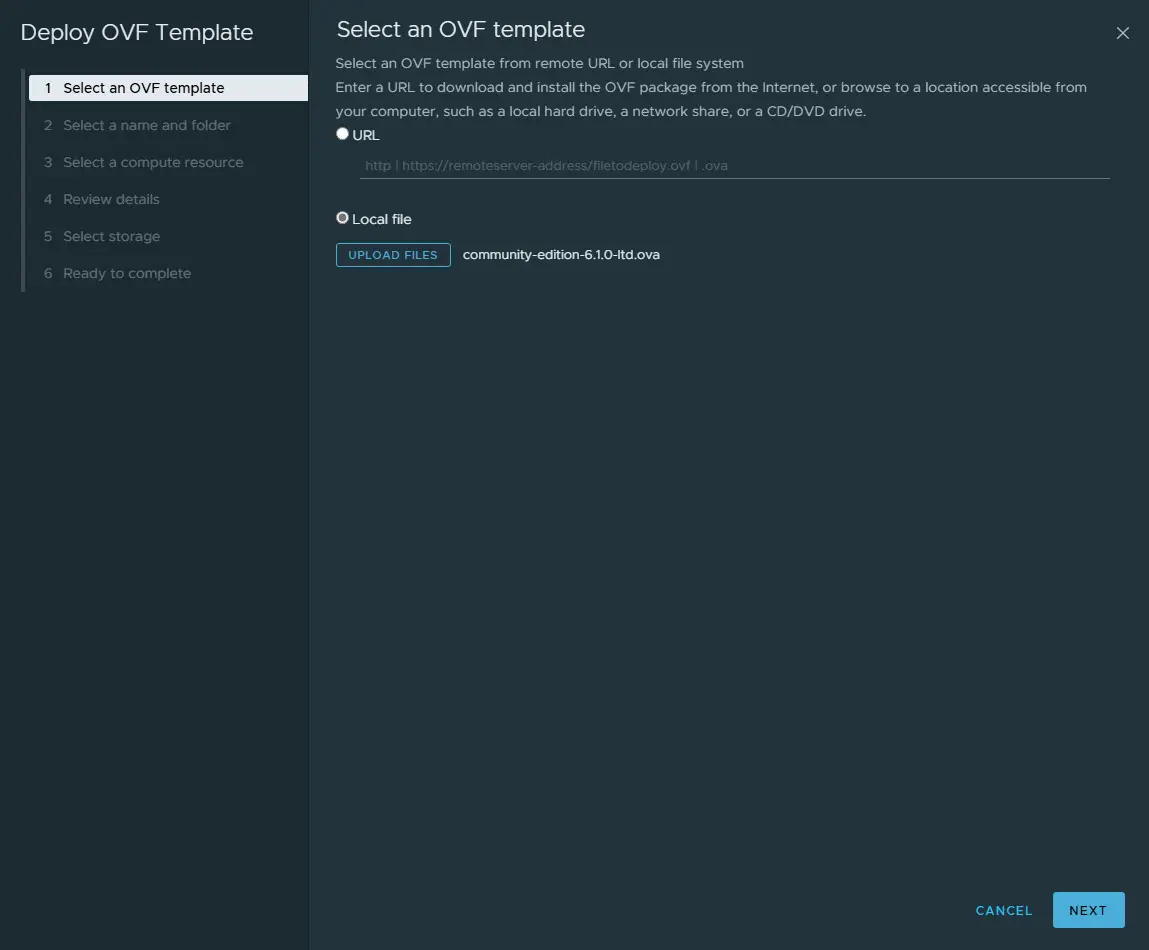
Name the Private Cloud Director appliance.
Select the compute resource.
Review the details of the deployment.
Select the storage for the deployment.
Select the network for attaching the virtual machine.
Powering on the Private Cloud Director appliance
I found the Platform9 community edition deployment documentation a bit confusion on this front. But, please follow along here on the details. When I first powered on the Platform9, it booted up without issue. However, it didn’t grab an IP address, even though the network configuration is set for DHCP.
However, the documentation does make note that if you don’t see an IP address configured from DHCP, you can run the command:
dhclientIt should grab an IP address at this point. The confusing bit is the next step. Either on the console or from a remote session, you should see a question pop up on the console: Enter IP address. For me, entering a different IP address than the one obtained from DHCP, didn’t work. The machine is not reconfigured with the IP address entered here. However, if I manually configured the network IP address information via the netplan configuration file, I could get it to set statically, but the solution would not be available via a web browser.
So my resolution for this is to allow it to grab an IP address and then enter the same IP address obtained from DHCP, and it would work. I am not sure whether or not this is how Platform9 would like the workflow to happen, but it is a bit confusing. Hopefully my time spent with this step will help get you past this without issue.
Once the configuration is finished, you will see a splash screen that will show you the login URL, email, and password.
If you accidentally close the splash screen, you can get back there with ./splash.sh from the home directory.
This part of the installation is a bit interesting, since what you do is create a host file entry for the host of the login URL, which is:
cloud-region1.platform9.comOnce you have a hosts file entry created, you can navigate to the login URL and it should bring up the
Platform9 Virtualized Cluster and Blueprint
Platform9’s Private Cloud Director has the ability to create a virtualized cluster and also a blueprint. The virtualized cluster is a group of hypervisor hosts where your VMs get provisioned.
The blueprint allows you to be able to describe and ocnfigurer your cluster in a declarative way. Like most DevOps processes, you describe the infrastructure upfront and then make sure the cluster is built that way from the blueprint.
Hypervisor host requirements
The requirements for hypervisor hosts running in Platform9’s Private Cloud Director are the following:
- x86 server
- Ubuntu 22.04 LTS with the latest patches
- Hardware requirements:
- 8 vCPUs
- 16GB RAM
- 250GB of disk space
sudoaccess for the installation of Platform9 agent- hostname needs one non-numeric character
- When using SaaS hosted deployment model, outbound connectivity (port 443) must be enabled so you have connectivity to the SaaS management plane
- In case of multi-domain environment , host onboarding should be done by the admin user in default domain and not the secondary domains
- For HA cluster, you need at least 4 nodes in your cluster
What is vJailbreak?
The vJailbreak project is a project that provides an appliance image you can download as an OVA and deploy in Private Cloud Director. When you deploy it, it will allow you to register your source VMware environment and also the target private cloud director environment. You can then select VMs you want to live migrate or cold migrate.
Wrapping up
Hopefully this blog will give you a good overview of Platform9 and what it can do. It is very cool that there is a free Platform9 community edition you can self host the normally SaaS management plane. Platform9 is proving to be a viable alternative to VMware vSphere and the ecosystem that has dominated so long in the industry. Stay tuned as I will be doing much more testing with this really cool platform coming up soon.

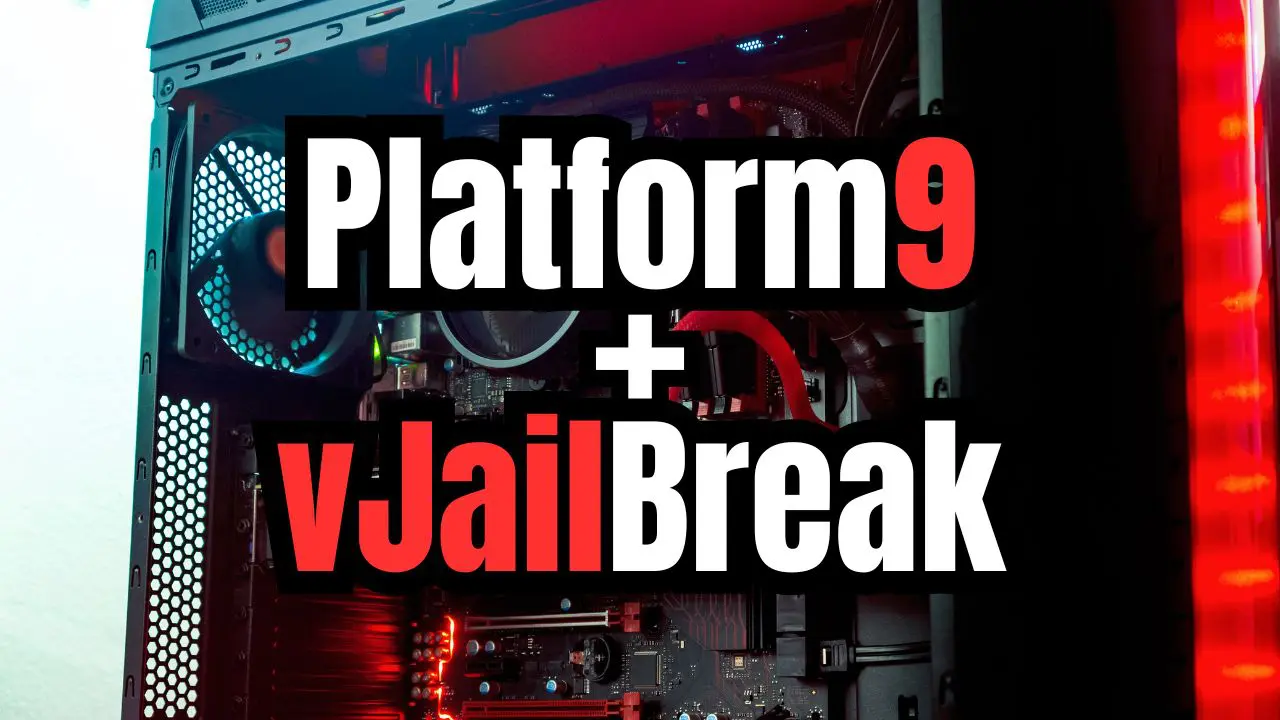
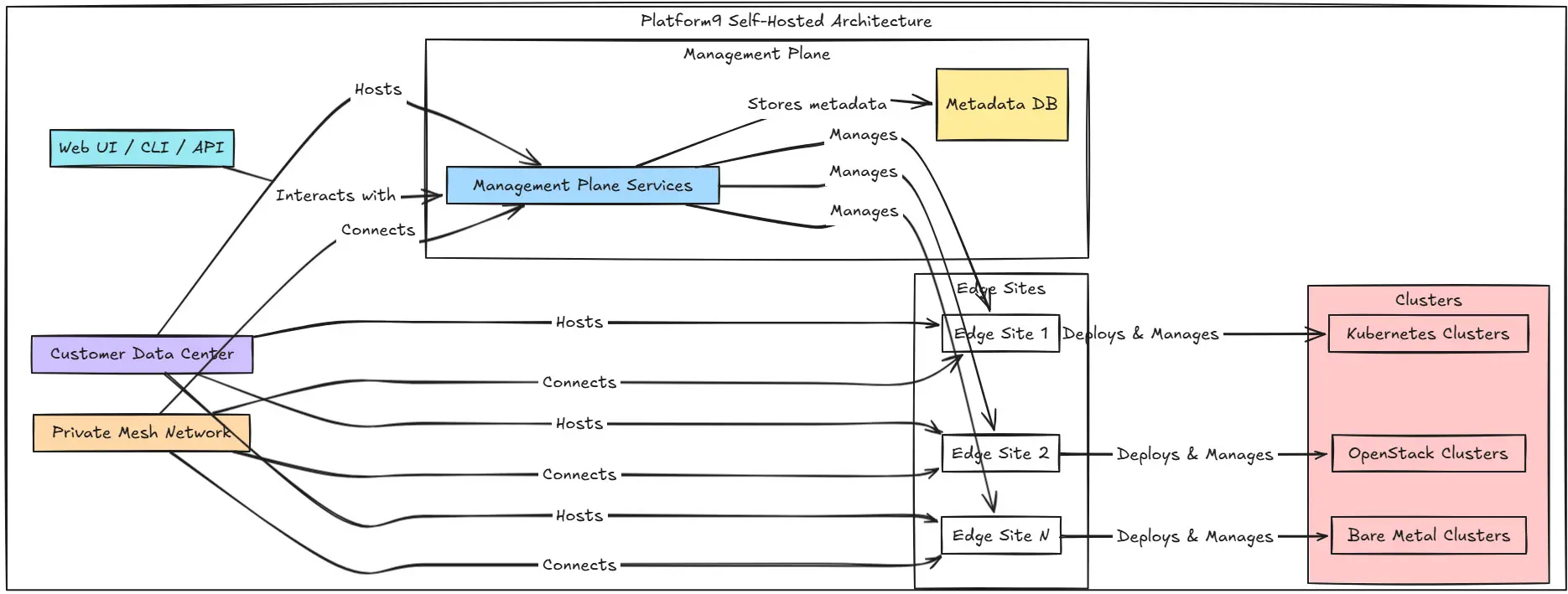
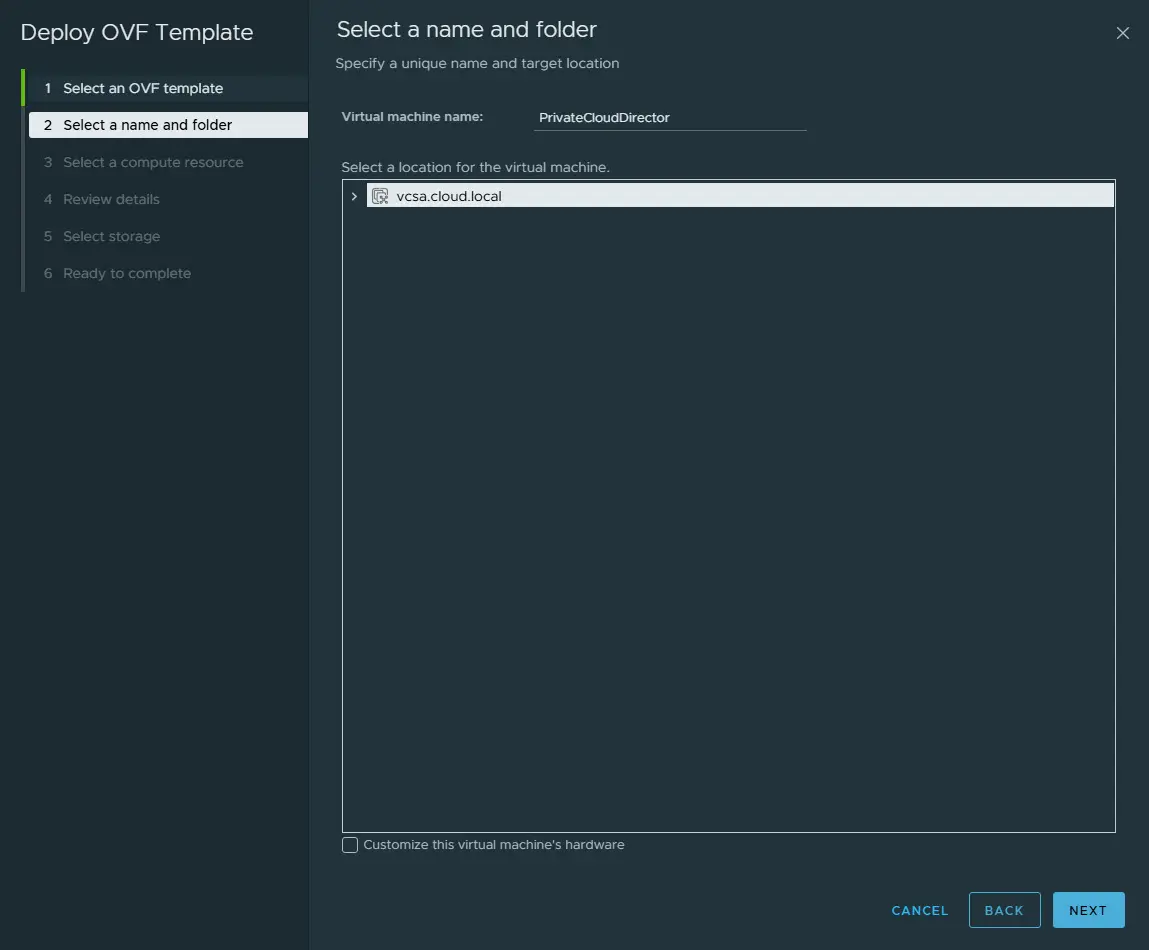
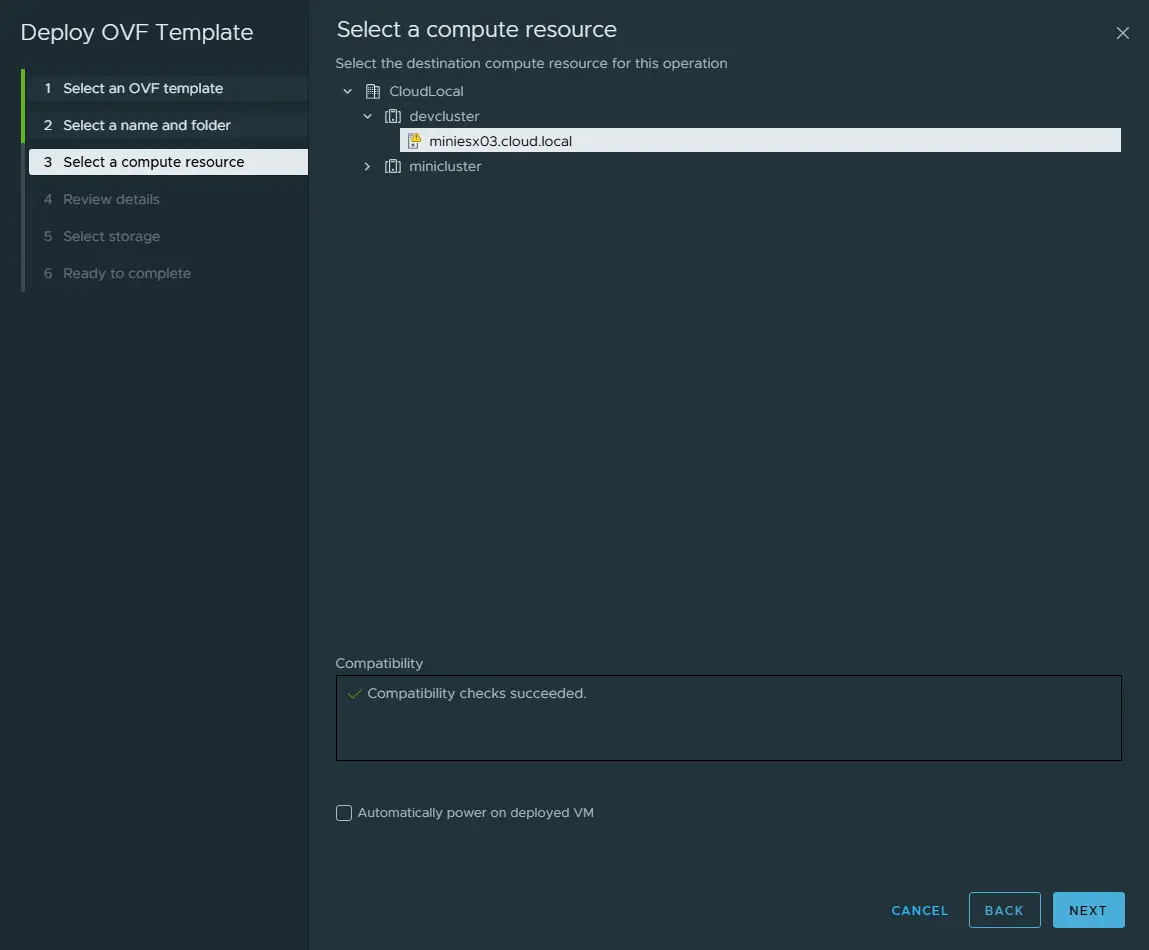
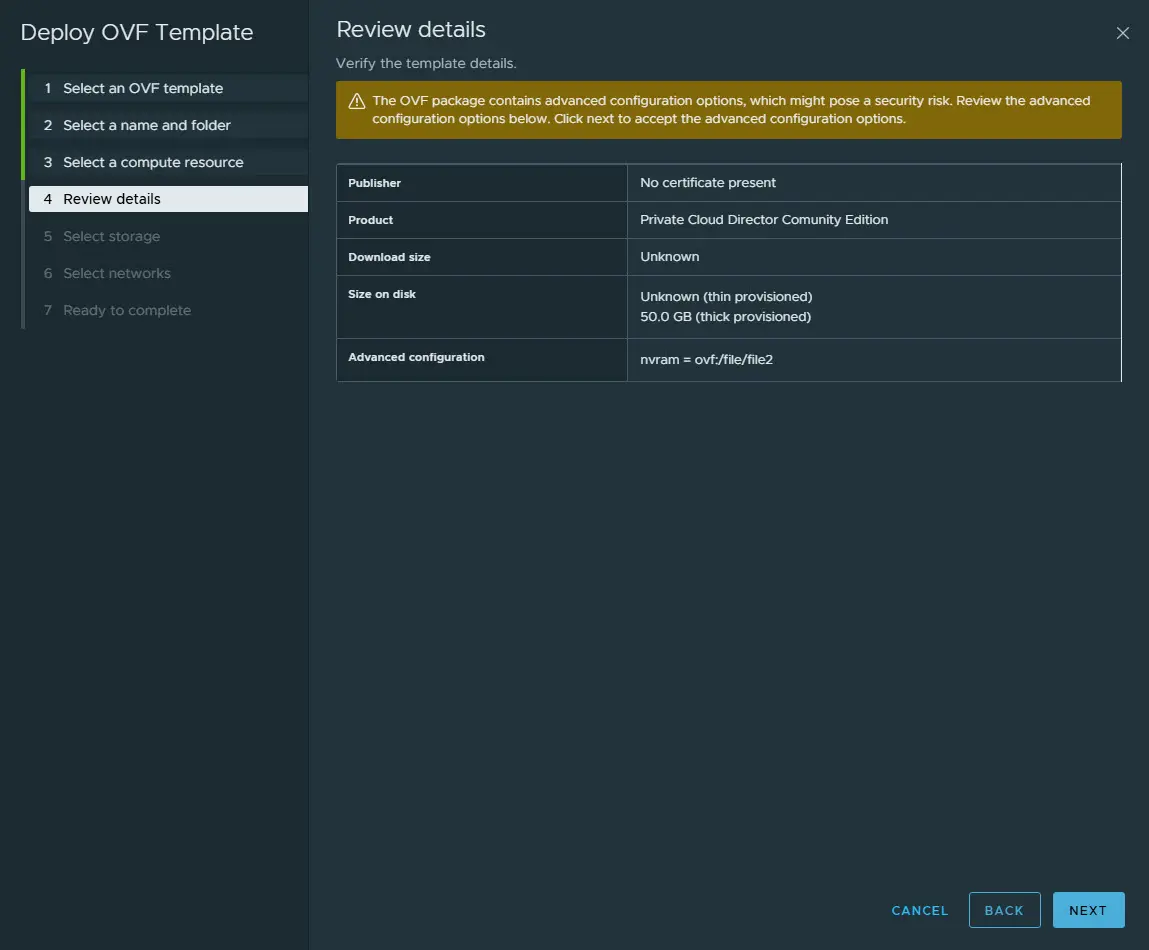
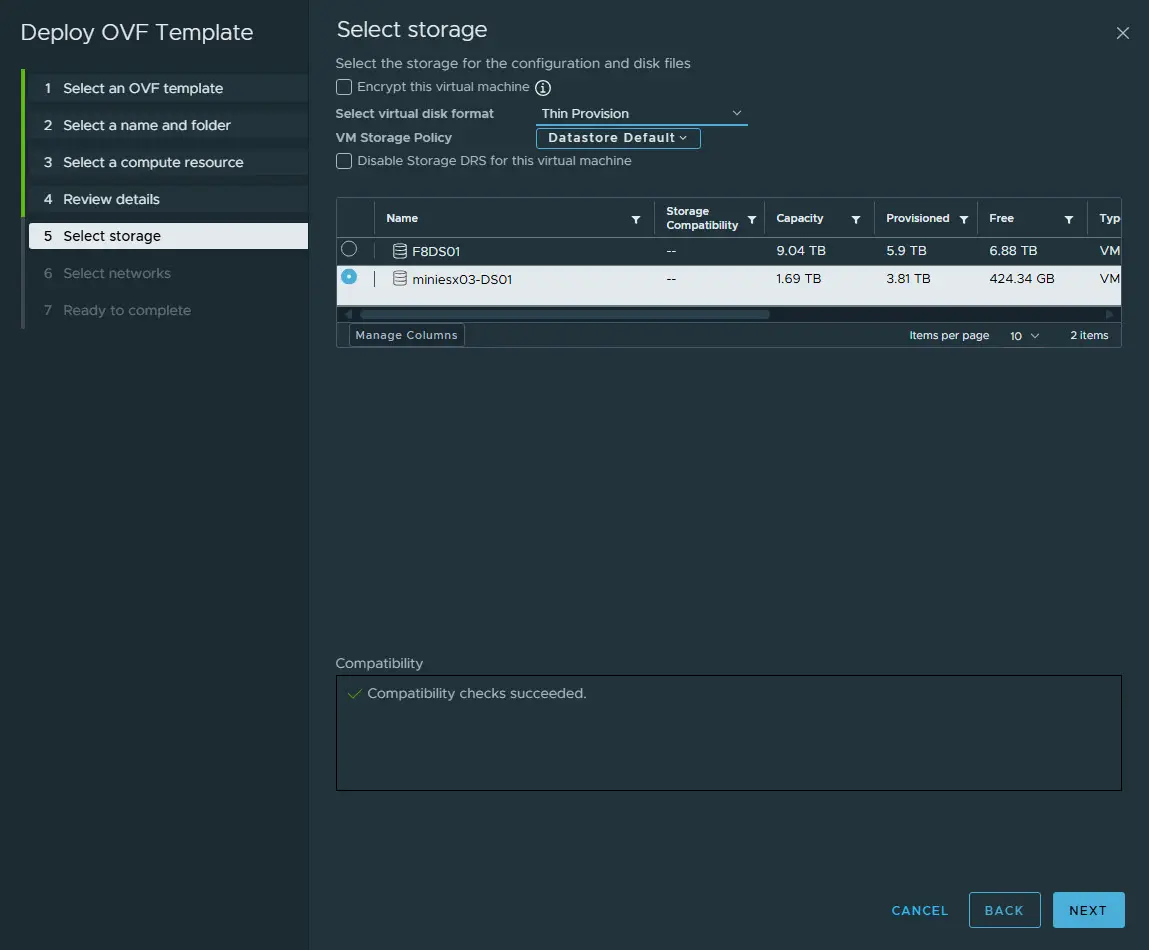
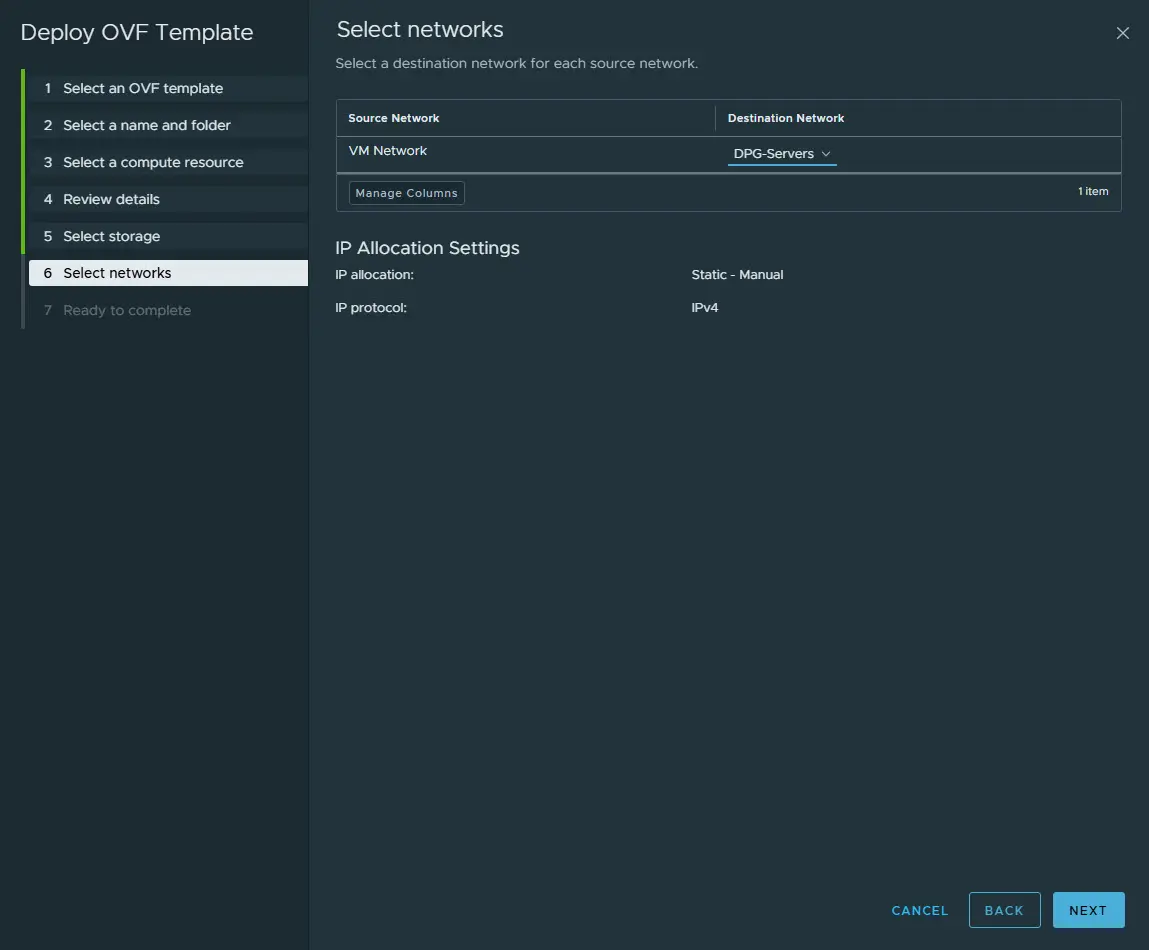
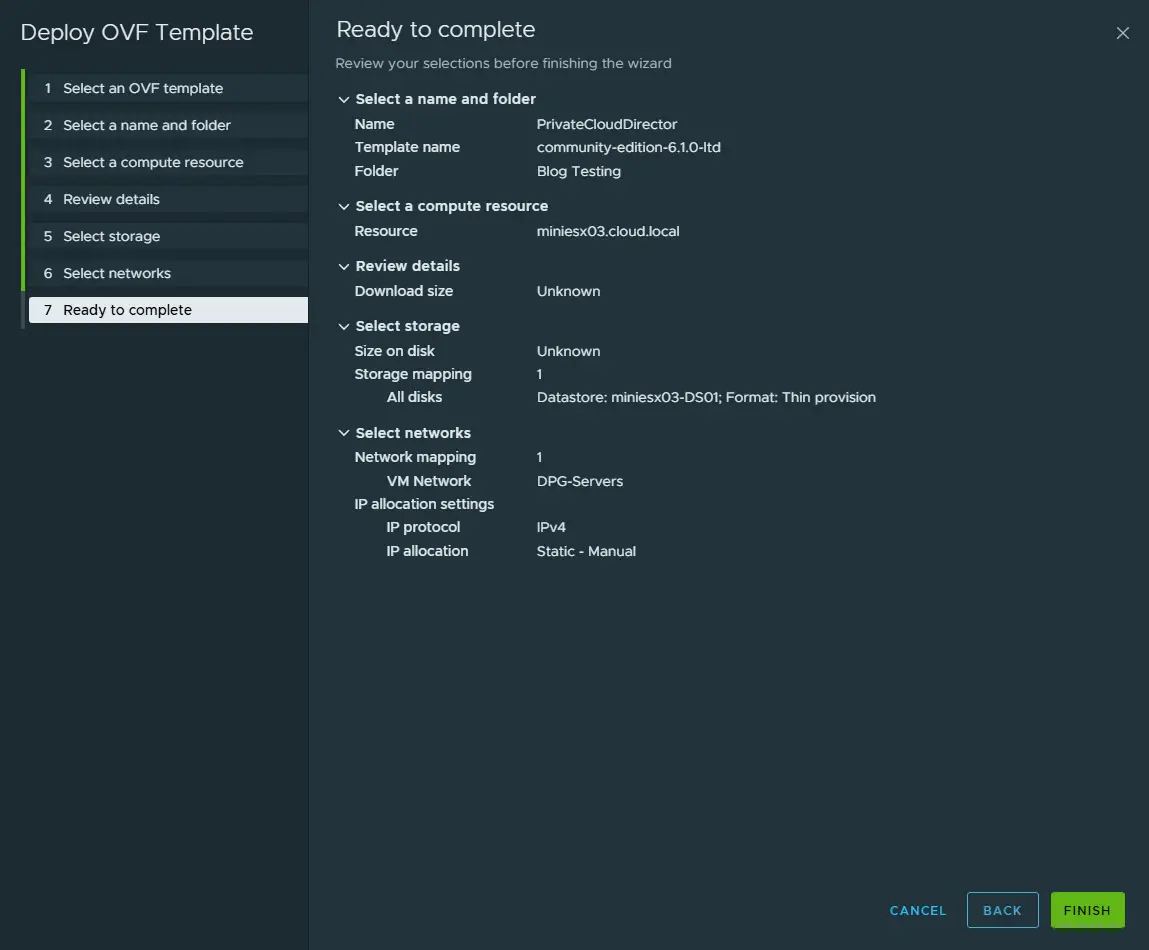
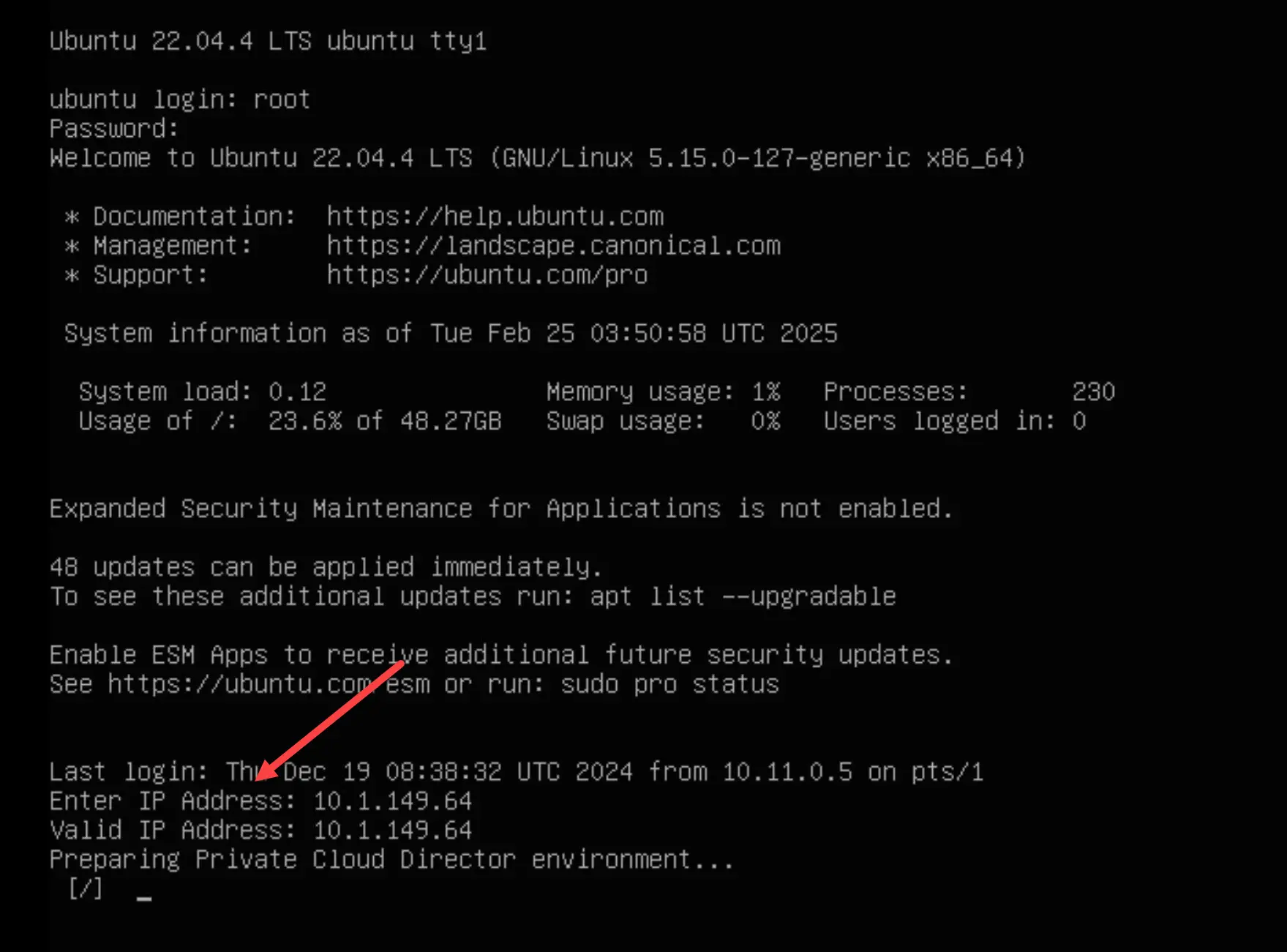
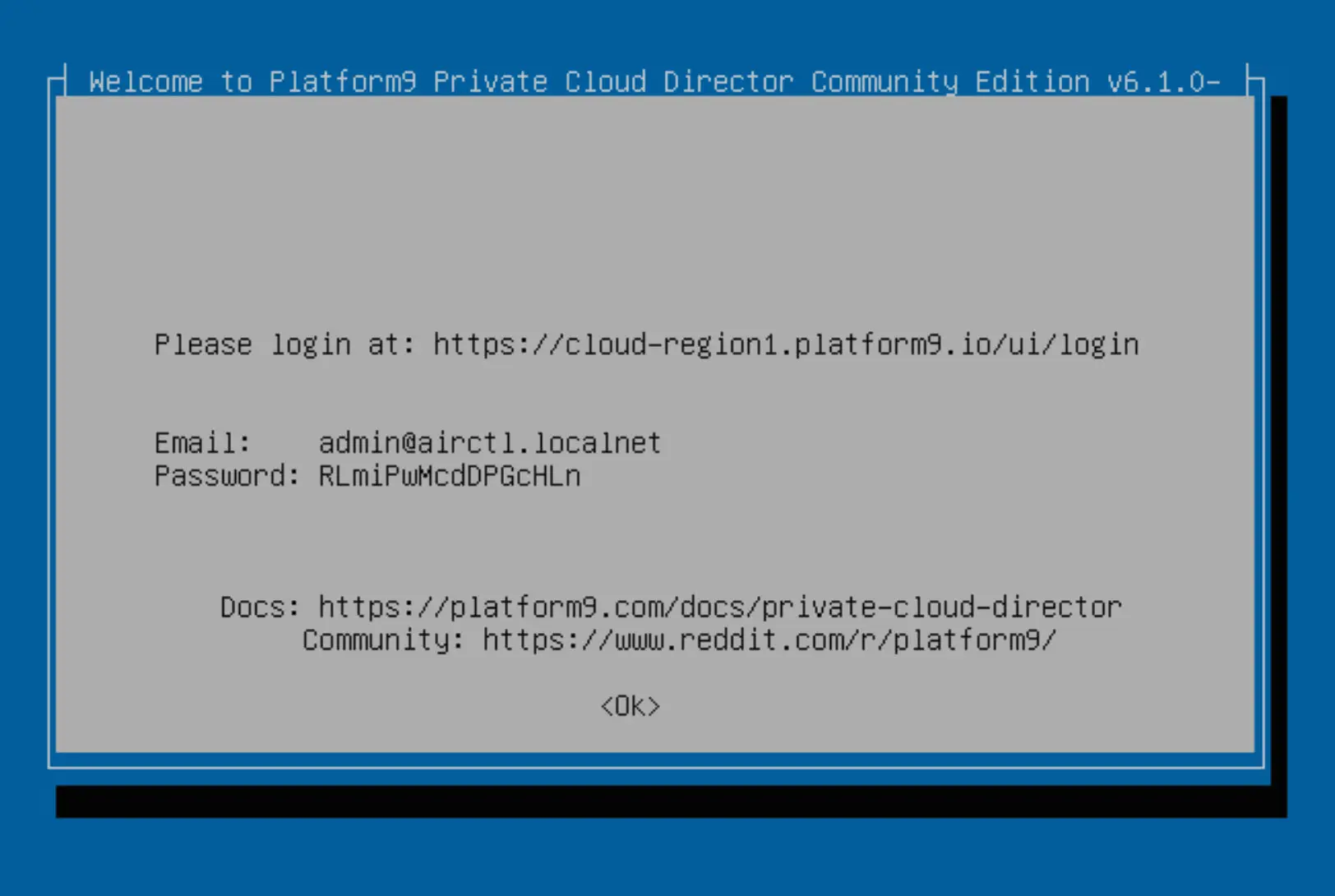

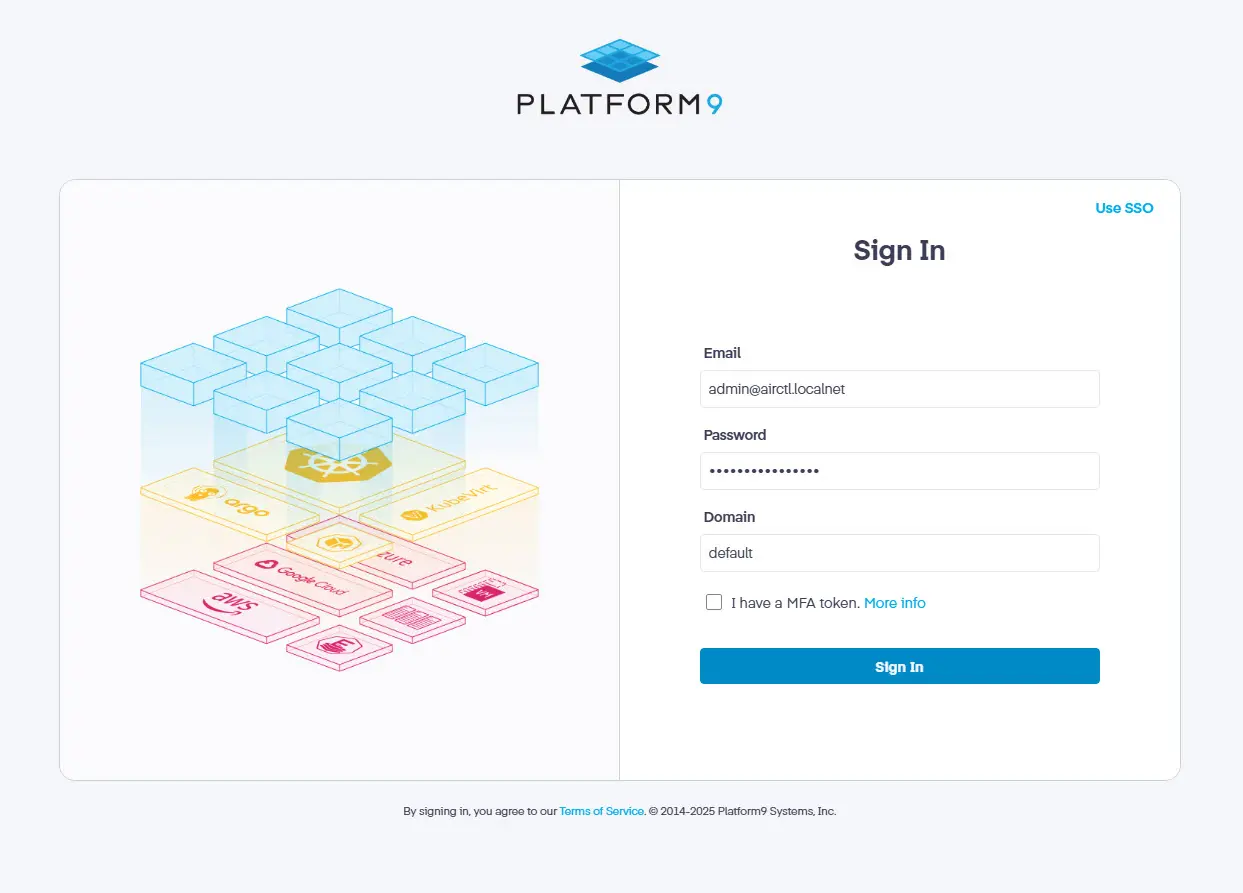
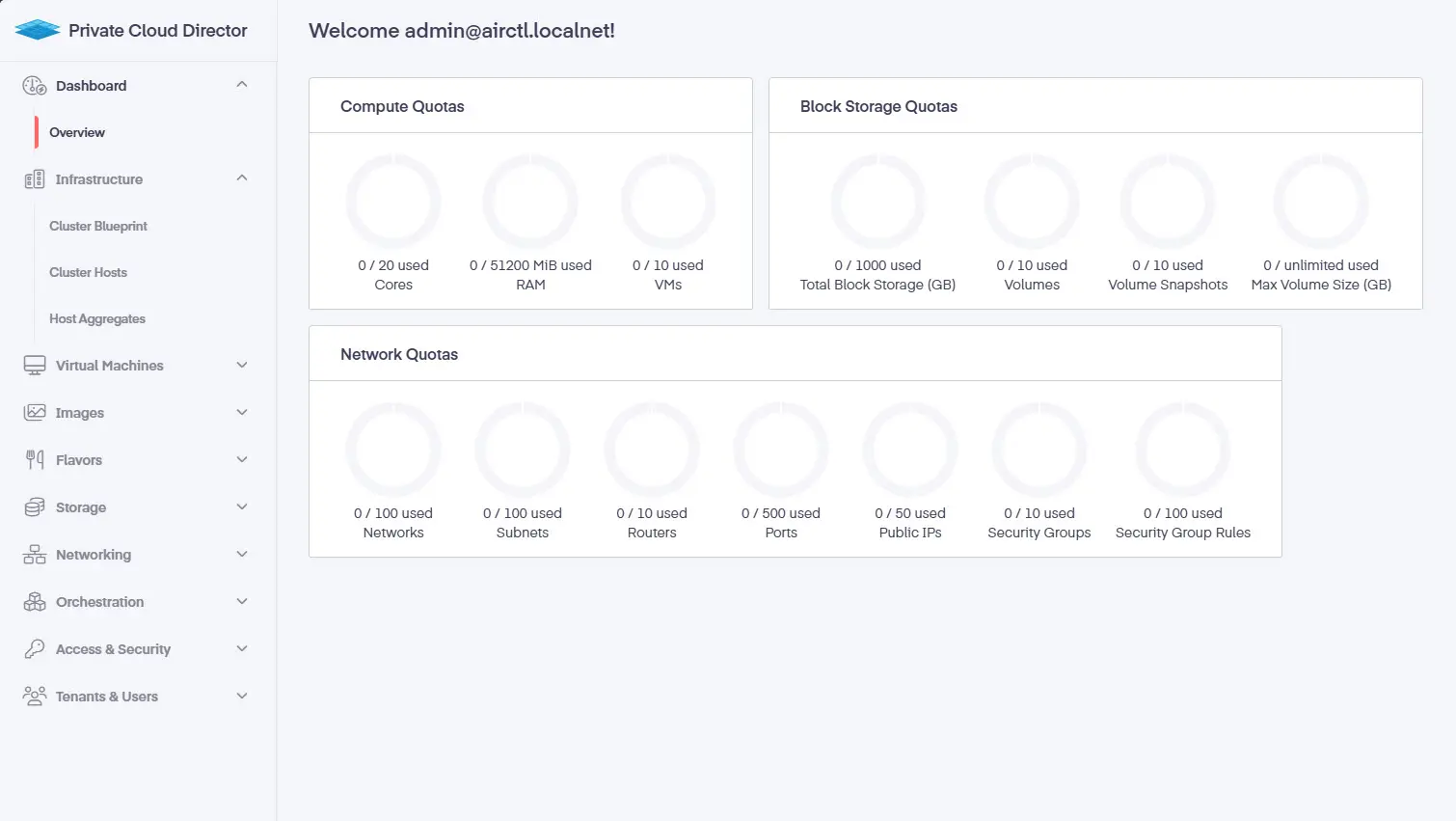
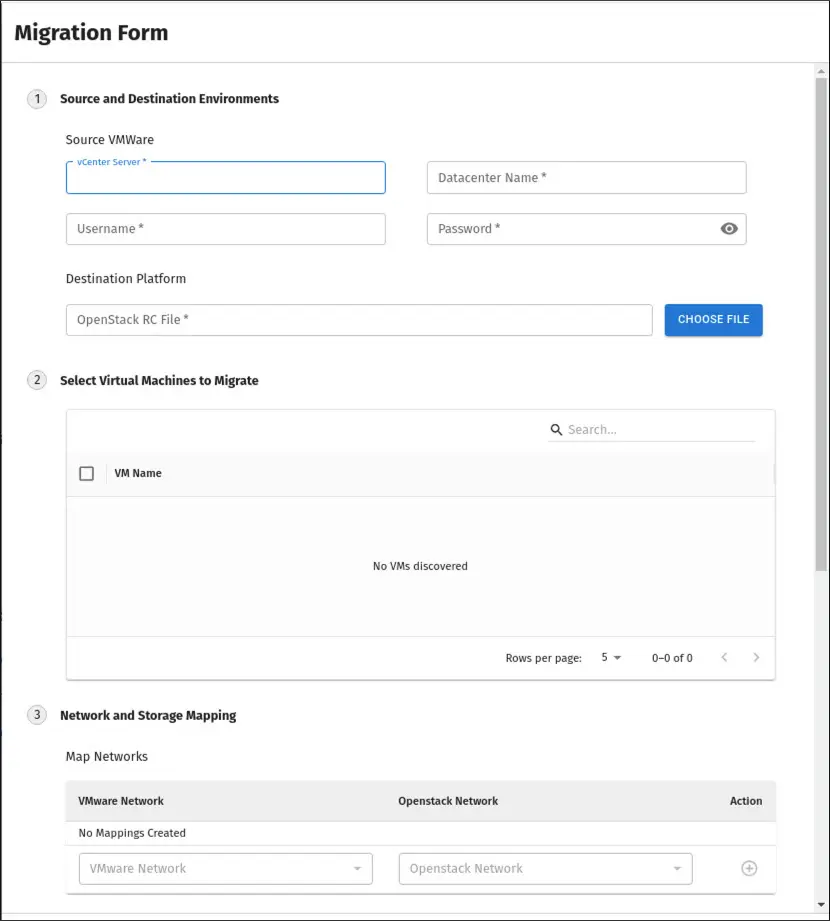


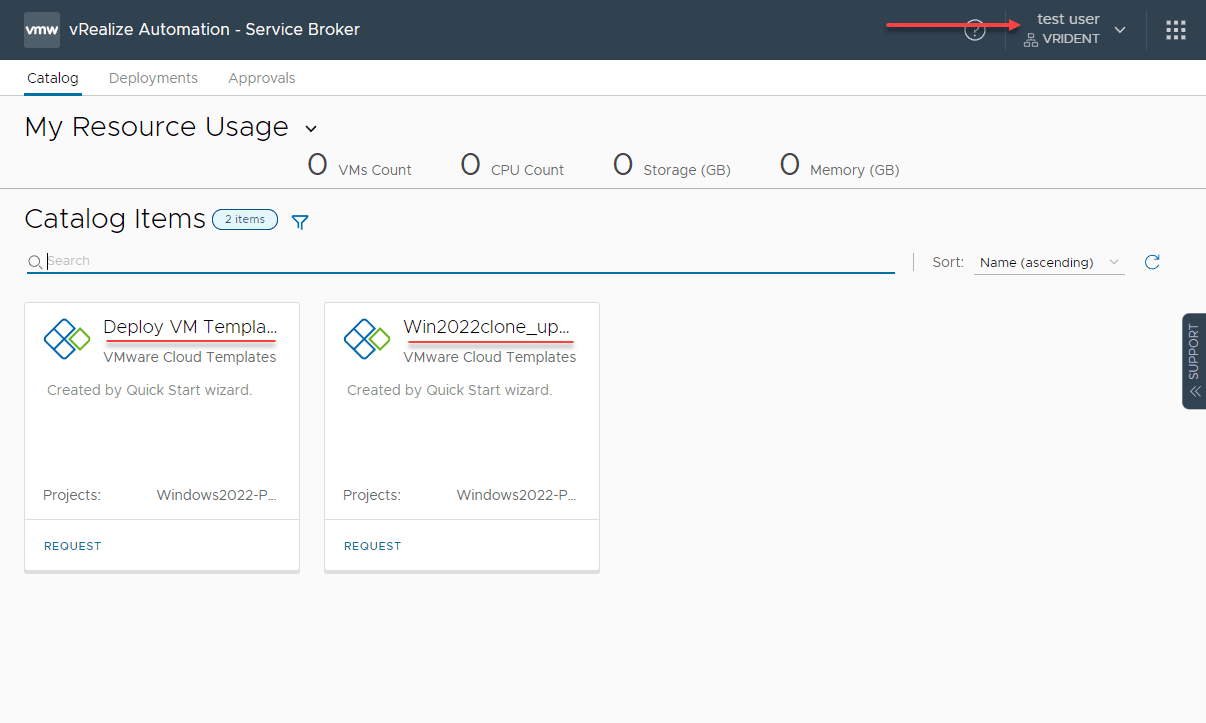
Hi Brandon,
This looks finally like a promising alternative for VMware… you definitively have to look further into building virtualization and K8s clusters (it seems to manage both – I didn’t get the whole yet)
I have to build a nested environnement on my own!!! 😊
Franck,
Yeah I am pretty excited about this one. Created by former VMware engineers and so they understand the functionality needed. Plus the native K8s and Openstack support along with VMs is icing on the cake. Keep me posted with your testing. I am diving into this as well.
Brandon
Hey Brandon –
I just stumbled upon Platform9 a couple of hours ago and am finding it very interesting. We have been a VMWare customer for 17+ years and with the sudden cost increase are looking at alternatives. It looks as though this is an overlay on top of KVM Hypervisors. We have looked at Nutanix and Hyper-V as possible replacements but neither really fits our use case but this one seems like it will. I know that you have spent some time on this – and what are your feelings now as compared to February? How does this stack up (no pun intended) to OpenShift or some of the other Hypervisor platforms out there?